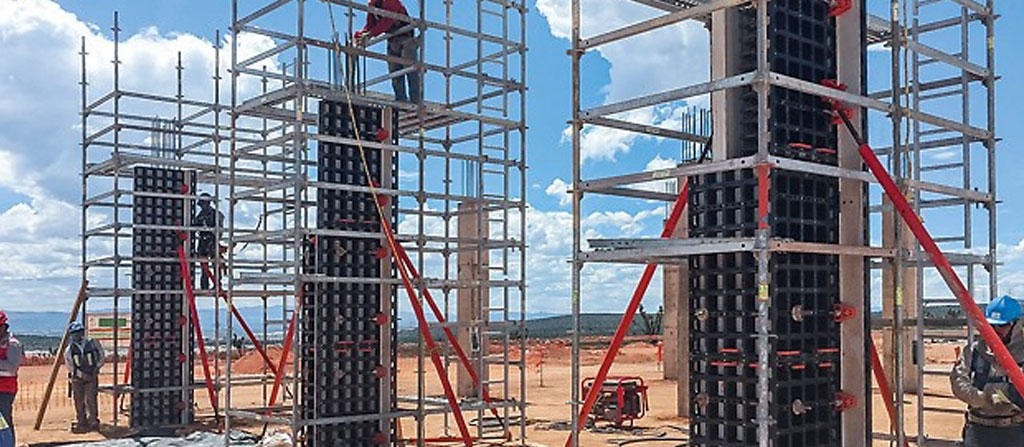What training is required for workers installing or dismantling formwork?
In the construction industry, the installation and dismantling of formwork are critical tasks that require precision, understanding, and adherence to safety protocols. Proper training is essential for workers to perform these tasks efficiently, ensuring the safety of both the workforce and the structure. This article outlines the key areas of training required for workers involved in formwork operations.

1. Understanding Formwork Systems
- Overview of Formwork Types: Workers should be familiar with various formwork systems (e.g., traditional timber, engineered formwork, climbing formwork) and their applications.
- Components and Assembly: Training must cover the identification and function of all formwork components, along with instructions for correct assembly and disassembly.
- Risk Assessment and Management: Workers need to understand how to identify hazards associated with formwork operations and the measures to mitigate them.
- Use of Personal Protective Equipment (PPE): Essential training on the correct use of PPE specific to formwork tasks, including hard hats, safety harnesses, and protective footwear.
- Emergency Procedures: Instruction on what to do in case of an accident or emergency during formwork installation or dismantling.
- Reading and Interpreting Plans: Workers should be able to read and interpret construction drawings and formwork plans to ensure accurate installation.
- Precision and Measurement: Training in measuring and marking accurately to maintain the structural integrity and alignment of the formwork.
- Tool Use and Maintenance: Proper use and maintenance of tools and equipment used in formwork operations, including power tools and manual devices.
- Inspection Procedures: Workers must learn how to inspect formwork for defects or potential failures before, during, and after concrete pouring.
- Concrete Pouring Techniques: Understanding the process of concrete pouring and the role of formwork in achieving desired finishes and structural qualities.
- Sustainable Practices: Training in environmentally sustainable practices, such as minimizing waste and efficiently using resources during formwork operations.
- Building Codes and Standards: Familiarity with local building codes and standards related to formwork and concrete construction.
- Health and Safety Regulations: Comprehensive knowledge of health and safety regulations governing formwork installation and dismantling.
Implementing Effective Training Programs
Effective training programs for formwork installation and dismantling can be implemented through a combination of classroom instruction, hands-on practical training, and on-site apprenticeships. Regular refresher courses and updates on new technologies and regulations are also crucial to maintaining a skilled and knowledgeable workforce.
Conclusion: Building Competence and Safety
Investing in comprehensive training for workers handling formwork is indispensable for the construction industry. It not only enhances the efficiency and quality of construction projects but also significantly reduces the risk of accidents and injuries. By equipping workers with the necessary skills and knowledge, construction companies can ensure that formwork operations are carried out safely, efficiently, and in compliance with industry standards.
